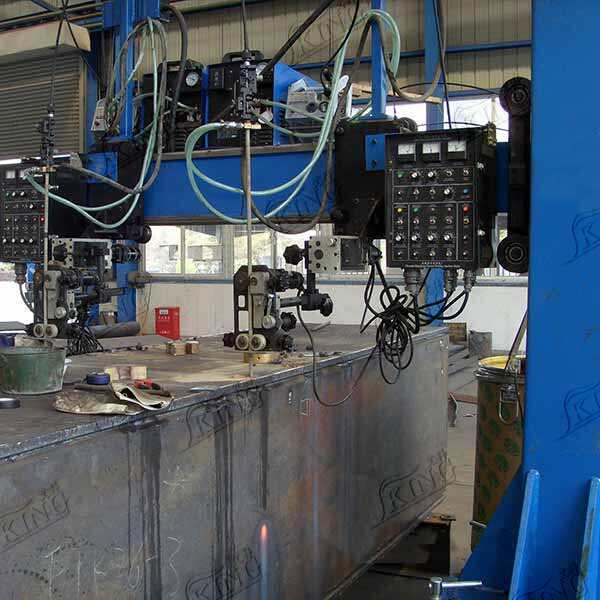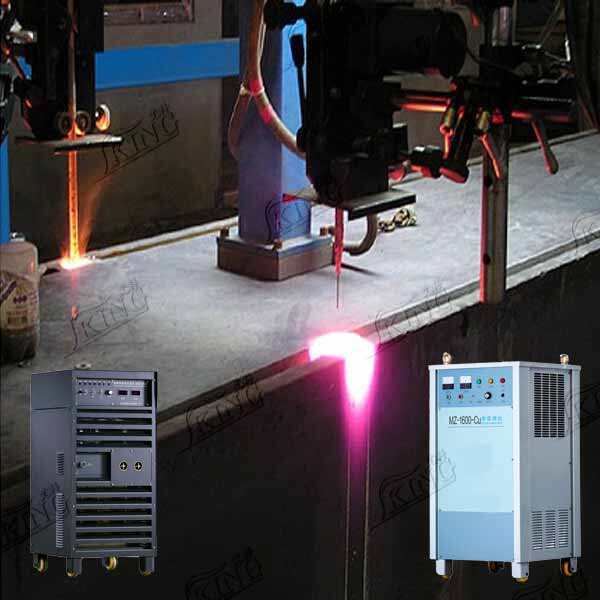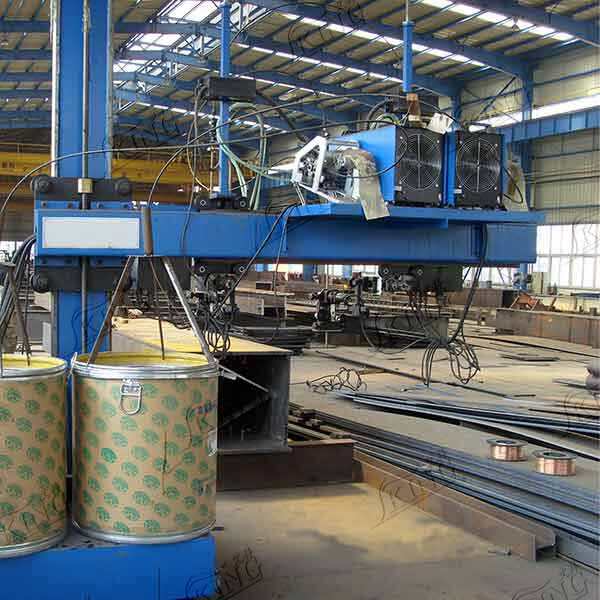electroslag welding esw
Electroslag welding (ESW) is an advanced vertical welding process that revolutionizes the joining of thick metal plates. This highly efficient method employs molten slag as a heating medium to melt filler metal and base materials, creating exceptionally strong and high-quality welds. The process begins with the establishment of a molten slag pool contained by water-cooled copper shoes on either side of the joint. As the welding progresses, the consumable guide tube feeds filler metal into the slag pool, where electrical resistance heating maintains the necessary temperature for welding. ESW is particularly notable for its ability to complete thick-section welds in a single pass, significantly reducing welding time compared to traditional methods. The process typically operates at relatively low voltages (40-50V) and high currents (300-1200A), generating precise and consistent welds. This technique is especially valuable in industries requiring the joining of plates ranging from 1 to 12 inches in thickness, such as shipbuilding, heavy machinery manufacturing, and structural steel construction. The automated nature of ESW ensures remarkable consistency and minimal operator intervention, while its enclosed welding environment reduces fume emission and improves workplace safety. The process also delivers superior metallurgical properties in the weld zone, with minimal distortion and excellent mechanical characteristics.


